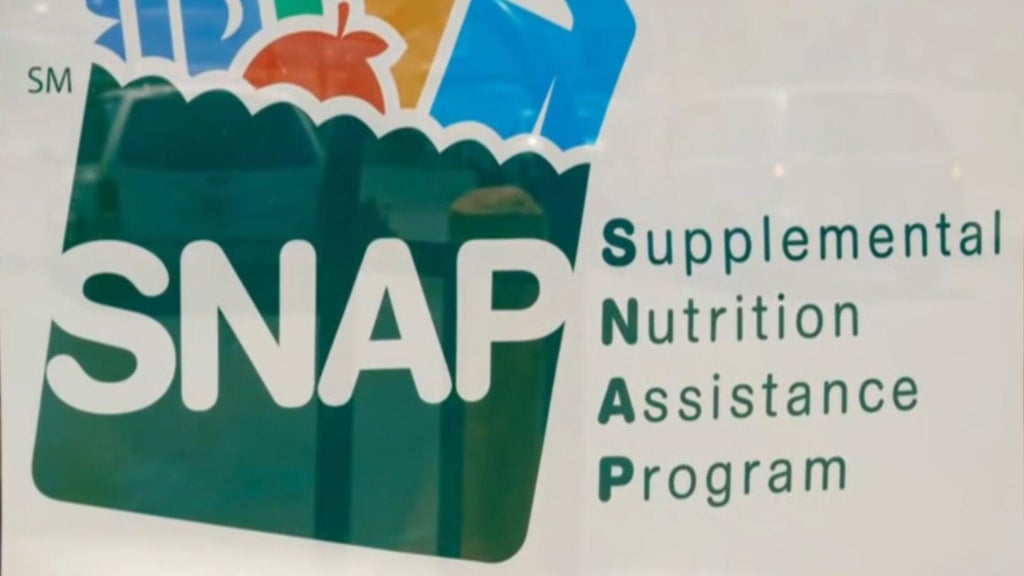The recent delay in Supplemental Nutrition Assistance Program (SNAP) benefits has significantly affected approximately 200,000 residents of Long Island. While the longest government shutdown in history has officially ended, its repercussions continue to impact families relying on government assistance for food. The disruption in benefits has created unprecedented challenges for individuals and food banks across the region.
Following the shutdown, the demand for food assistance surged. Stew Leonard’s, a local grocery chain, stepped in to help by donating 3,000 turkeys to various charities. However, according to Stew Leonard Jr., the response from the community indicates that the need vastly outstripped what was provided. “We could have given away 10 times the number of turkeys. The phone was literally ringing off the hook,” he stated.
The federal government’s failure to distribute SNAP benefits on time has left an estimated 40 million Americans in a difficult situation. In response, New York Governor Kathy Hochul allocated $100 million in state funding to support food stamp recipients and bolster food banks struggling to meet the growing demand. Nevertheless, the impact of a week and a half without food assistance is far-reaching and will likely have lasting effects.
The average SNAP benefit in New York is approximately $250 for individuals. Gregory May from the Island Harvest Food Bank emphasized the serious ramifications of this disruption, saying, “Imagine not getting $250 in your biweekly paycheck. That is a major hit for probably everyone living on Long Island, if not most of us.”
The urgency of the situation is underscored by the rising demand for food bank services. Katherine Fritz, president of Long Island Cares, reported a 20% increase in demand within just one month. “When you’re hungry and you have no way to get food, you’re going to stay hungry,” she explained. “There is not a way to retroactively pay you and say don’t worry about the hunger you had last week.”
Long Island Cares has been actively assisting families in finding food pantries, but the scale of need underscores a stark reality: SNAP benefits serve more individuals than all of the island’s food banks combined. “To not know how you’re going to feed your family for one day can feel like an eternity,” Fritz added.
In light of the shutdown and its fallout, Ed Romaine, Suffolk County Executive, expressed frustration with the government’s inability to function effectively. “They’re all guilty. Government should not shut down. Government is there to operate and serve people. When it fails, people get hurt and most likely the people most in need get hurt,” he said.
As the current fiscal year approaches its end, concerns loom over the stability of SNAP funding moving forward. Recipients and support agencies worry about the potential for similar disruptions in the future, leaving vulnerable populations to navigate ongoing food insecurity. The ripple effects of this government shutdown are a reminder of the critical role that SNAP plays in the lives of many families in Long Island and beyond.







